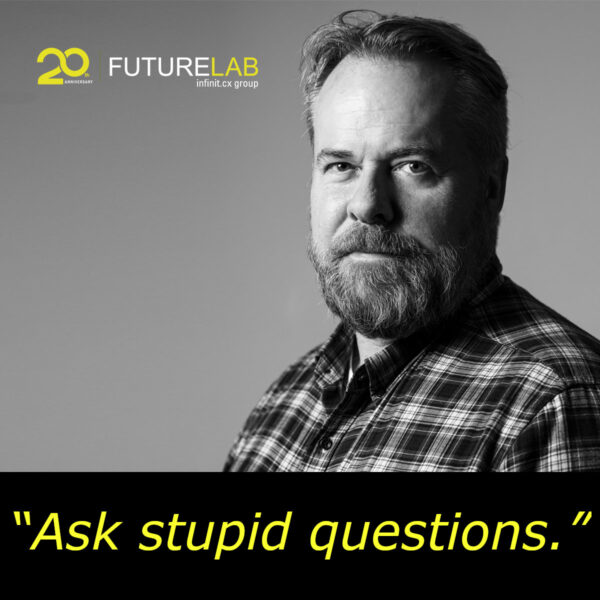by: Michael Hoexter
For decades, marketers have leveraged product placement to influence consumers. The idea is quite simple: leverage media to showcase a product or service being used as part of everyday life in order to shape consumer brand perception and impact purchase behavior. Put a product in the hands of a celebrity and consumers will interpret this as a de facto endorsement. Such placements have been embedded across all types of media including television, film, video games, books and music videos.
The digital channel has upended this traditional approach by enabling marketers to go well beyond simple product placements to create meaningful experiences for engagement. Not only does such an approach promise to yield greater brand impact, but it may also drive significant sales as well. Here are a few examples:
Digital Video Recorders (DVRs): Early last year, GE launched its latest ecomagination campaign. To counter growing consumer use of DVRs to bypass commercials, GE provided an added incentive for consumers to watch: embedded content in the commercial itself that required a DVR to access it.
Called One Second Theater, this “commercial within a commercial” provided a duel advantage for an advertiser: not only did consumers view commercials that they would have otherwise skipped, but they also engaged with added brand content as well. Moreover, as one of the first to use this tactic, GE benefited from the novelty factor as for many consumers this was likely their first experience with embedded content in a TV commercial.
Screenshot from GE’s One Second Theater
Source: thinkmobi
Semapedia 2D Bar Code Hyperlink to Green Maps, an Open Source Location-based Search Engine
Such product-linking, or plinking, provide significant opportunities for both advertisers and consumers: not only does it provide a more compelling content experience, but it also provides a more relevant experience as the embedded advertisements directly relate to the video content itself. Moreover, it eliminates the need for consumers to view pre-roll commercials, a barrier for many users to watch the video in the first place.
Original Post: http://marketinggreen.wordpress.com/2008/04/13/shifting-from-product-placement-to-engagement-in-green/




